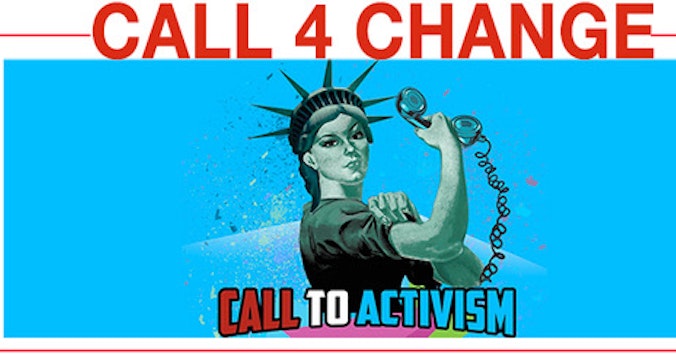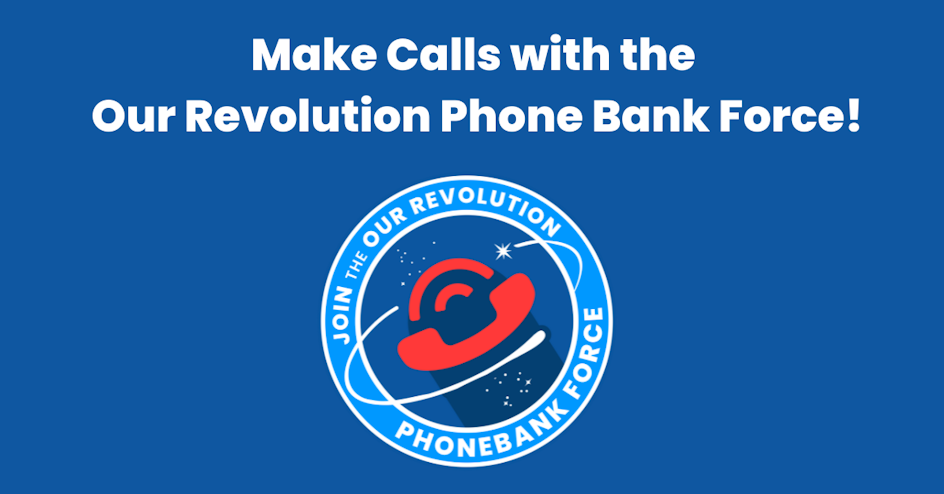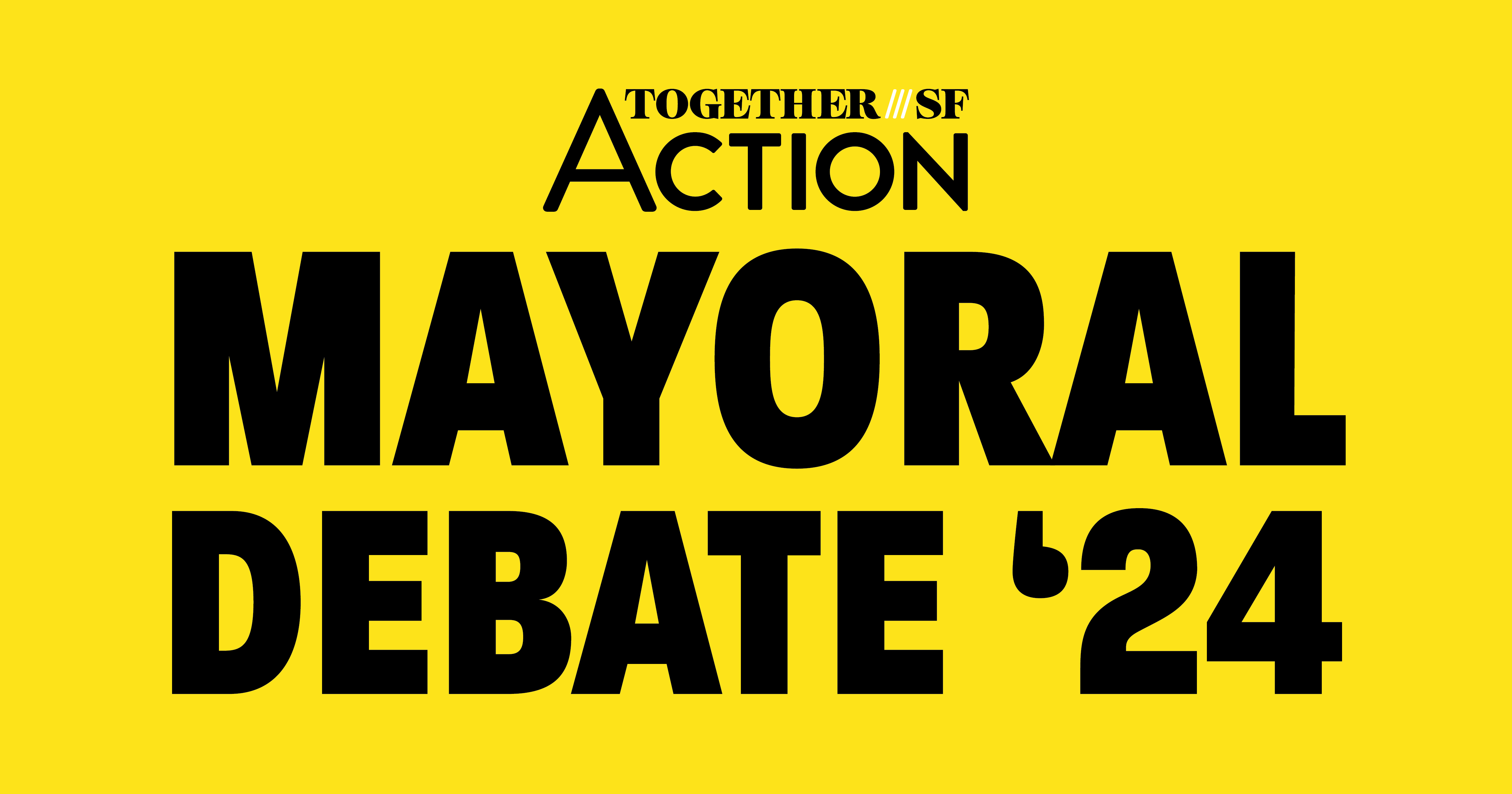by Randy Shaw on April 15, 2024 (BeyondChron.org)

“Anybody telling you to vote for a single mayoral candidate just wants Aaron Peskin to win.”— @sbuss, April 1
Aaron Peskin’s entry into the San Francisco mayor’s race has led to a lot of talk about moderates uniting to stop him. This won’t be easy.
Here’s why.
Breed and Farrell Fundamentally Disagree
Mark Farrell’s mayoral campaign is premised on his view that incumbent Mayor Breed has failed. From his website:
“Over the past five years, I have watched our City crumble. People don’t feel safe, the conditions of our streets have never been worse, downtown has collapsed, and we’re the butt of jokes across America. We have a crisis of confidence in City government that needs to be fixed, and it starts and stops with the Mayor.”
Can Farrell retain credibility if he starts telling voters, “Make the candidate who has caused our city to crumble your second choice.”?
I don’t see it.
Nor apparently does Mayor Breed’s camp. In response to Farrell telling the SF Chronicle, “Our campaign is embracing (a ranked-choice voting) strategy…It is in the best interest of SF and all of the moderate candidates to work together to stop Aaron Peskin from becoming Mayor,” Breed backer Conor Johnston tweeted “If Farrell actually believes this, he should drop out.”
Breed and Farrell are competing for a lot of the same votes. While Breed polls best among women college graduates, both are competing for votes in the business and real estate communities—which went big for Breed in 2018.
Johnston calls Farrell “Maui Mark Farrell” because he claims the mayoral rival has spent recent years in Hawaii, not San Francisco. This does not seem like two campaigns urging their followers to make the other their second choice.
Who will get the second-place votes of Breed and Farrell voters? Peskin will get his share from both. He will also get the vast majority of second place votes for Ahsha Safai. But a moderate “anybody but Peskin” RCV strategy could offer an opportunity for Daniel Lurie.
Can Lurie Seize RCV?
The other candidates aren’t attacking Lurie. They don’t think he can win. But doesn’t a moderate anti-Peskin RCV strategy give Lurie a chance to get Breed and Farrell’s second choice votes?
Animosity between the Breed and Farrell camps could lead moderate supporters of each to give Lurie their second choice votes. But Lurie first must grow his support so that Breed and Farrell supporters feel he could actually be elected mayor.
When RCV Strategies Succeed
There’s a lot of confusion about RCV. Let’s look at how it can work.
In 2010, Jean Quan was propelled into the Oakland mayor’s office by Rank Choice Voting. There’s been a ton of misinformation about that race, which this story from the wonderful folks at Fair Vote corrects.
What was Quan’s strategy? “We talked to everybody, and if you had a sign for Joe Tuman or Rebecca Kaplan or Don Perata, we wanted their No. 2” or to convince them to switch,” said Ms. Quan.” Kaplan and Quan were the leading progressives in the race.
Mark Leno and Jane Kim used a similar RCV strategy against London Breed in 2018. It almost prevailed.
Unlike Breed and Farrell, Leno and Kim never attacked the other. Some Kim supporters did not see Leno as sufficiently progressive (Leno was a “moderate” in city politics but a strong progressive in the State Senate) and late ballot counts saw many Kim voters giving their second-place votes to Breed. That likely reflected voters who favored women and/or racially diverse candidates for the city’s next mayor.
Nevertheless, the Leno-Kim RCV strategy worked. And had it started earlier and/or was a bit more targeted Mark Leno would have been elected mayor.
In the 2019 SF District Attorney’s race Chesa Boudin won second place votes from moderate candidates without any formal unity strategy. His election instead reflected the failure of Suzy Loftus and Nancy Tung to adopt the Quan-Kaplan unity strategy that elected Jean Quan.
Personality Over Ideology
Those saying RCV is “confusing” because in various elections second-place votes went to candidates of different ideologies need to better understand voters’ decision-making.
In the big picture, all five leading mayoral candidates are Democrats. All support abortion rights. All support assault weapon bans. All back increased federal funding for housing, education, and other human needs.
San Francisco activists identify deep and real divisions among the mayoral candidates that many voters do not perceive. Those looking at the mayor’s race through a national lens in November 2024 see all the candidates backing President Biden’s agenda and none backing Donald Trump.
When San Francisco voters shifted the mayor’s race to the presidential cycle—a ballot initiative I publicly opposed—it was designed precisely to get a larger, national election cycle voter turnout for our local mayor’s race. That turnout brings a lot more voters to the polls who aren’t very connected to the local issues driving mayoral campaigns.
That’s why all five mayoral candidates should seek second and third place votes from all of their rivals. Many voters will make their ranked choice decisions based on meetings with candidates, attending debates, or hearing from friends. The more positive personal connections candidates can make the more likely they will benefit from RCV.
It’s a mistake to look for ideological lock step in RCV voting. RCV gives candidates an incentive to treat rivals with respect; that could prove key in winning second choice votes of their supporters.
Randy Shaw
Randy Shaw is the Editor of Beyond Chron and the Director of San Francisco’s Tenderloin Housing Clinic, which publishes Beyond Chron. Shaw’s latest book is Generation Priced Out: Who Gets to Live in the New Urban America. He is the author of four prior books on activism, including The Activist’s Handbook: Winning Social Change in the 21st Century, and Beyond the Fields: Cesar Chavez, the UFW and the Struggle for Justice in the 21st Century. He is also the author of The Tenderloin: Sex, Crime and Resistance in the Heart of San Francisco






